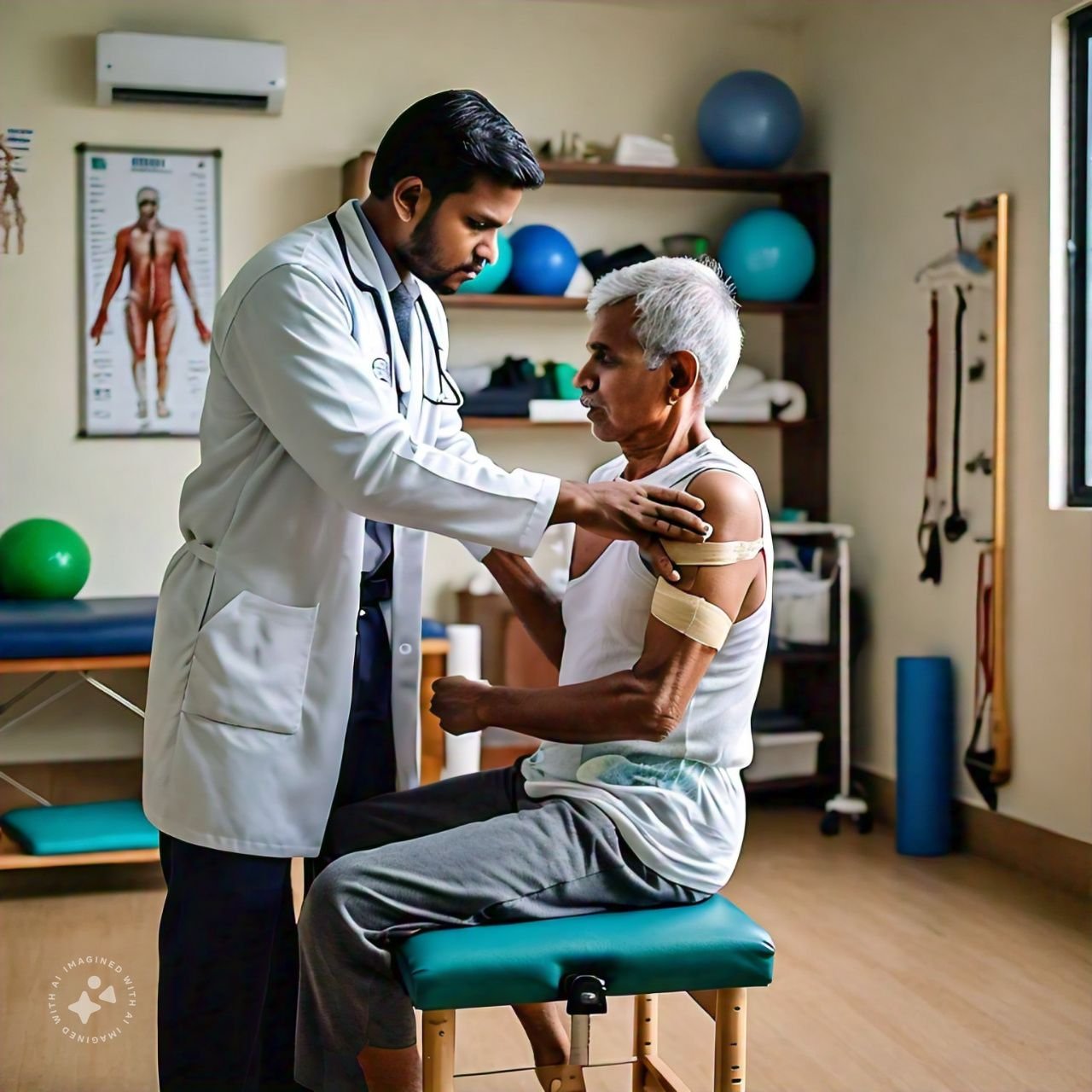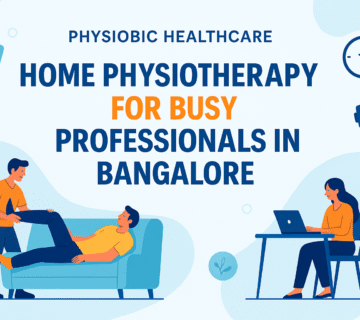Abstract: Rotator cuff surgery is a common procedure for individuals suffering from shoulder pain due to tears or injuries. Effective rehabilitation is crucial for restoring shoulder function and minimizing complications. This article examines the essential role of Post-operative Physiotherapy after Rotator Cuff Surgery, focusing on rehabilitation techniques, patient outcomes, and overall impact on mobility and quality of life.
1. Introduction Rotator cuff injuries often require surgical intervention when conservative treatments fail. Post-operative rehabilitation through physiotherapy is vital for regaining strength, range of motion, and functionality in the shoulder. This paper highlights the importance of physiotherapy following rotator cuff surgery and its effectiveness in enhancing recovery.
2. Importance of Physiotherapy Post-Surgery Post-operative physiotherapy is essential for several reasons:
- Pain Management: Physiotherapists use modalities like ice, heat, and manual therapy to alleviate pain and swelling after surgery.
- Restoring Range of Motion: Early intervention through gentle mobilization techniques helps prevent stiffness and promotes flexibility in the shoulder joint.
- Strengthening Muscles: Targeted exercises are designed to rebuild strength in the rotator cuff and surrounding muscles, enhancing stability and function.
- Improving Functional Activities: Rehabilitation focuses on restoring the ability to perform daily activities, reducing the risk of re-injury.
3. Physiotherapy Techniques for Rotator Cuff Recovery Effective physiotherapy for post-operative rotator cuff patients typically includes:
- Assessment and Goal Setting: An initial evaluation helps physiotherapists tailor rehabilitation plans to meet individual needs and objectives.
- Therapeutic Exercises: A blend of passive and active range-of-motion exercises gradually increases shoulder mobility and strength.
- Manual Therapy: Techniques such as joint mobilization and soft tissue manipulation relieve pain and enhance function.
- Education and Self-Management: Patients receive instruction on post-operative care, pain management, and home exercises to encourage independence.
4. Evidence of Effectiveness Numerous studies indicate the effectiveness of physiotherapy in post-operative recovery from rotator cuff surgery. Research shows that patients participating in structured rehabilitation programs experience:
- Faster Recovery: Patients often regain full range of motion and return to activities more quickly than those who do not engage in physiotherapy.
- Reduced Pain Levels: Physiotherapy significantly lowers pain scores, improving patient satisfaction with surgical outcomes.
- Enhanced Functional Outcomes: Patients demonstrate improved strength and functional performance, contributing to better long-term results.
5. Challenges in Post-Operative Rehabilitation While physiotherapy is beneficial, various challenges can impact recovery:
- Patient Adherence: Consistent participation in rehabilitation exercises is crucial, but some patients may find it difficult to stay committed.
- Access to Services: Limited availability of physiotherapy services can hinder timely recovery for some patients.
- Individual Variability: Factors such as age, comorbidities, and severity of the injury can influence rehabilitation outcomes.
6. Conclusion Physiotherapy plays a critical role in the recovery process after rotator cuff surgery. Through effective pain management, targeted exercises, and education, physiotherapy enhances mobility and improves quality of life for patients. Addressing challenges related to adherence and access to care is essential for maximizing rehabilitation benefits. Continued research and advancements in physiotherapy practices will further enhance recovery outcomes for individuals undergoing rotator cuff surgery.



